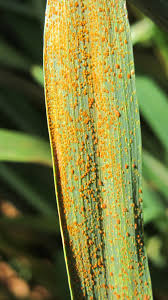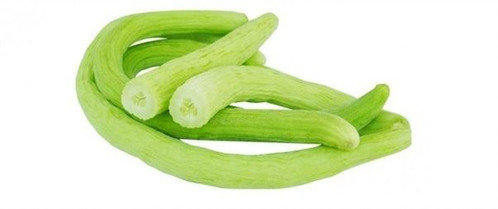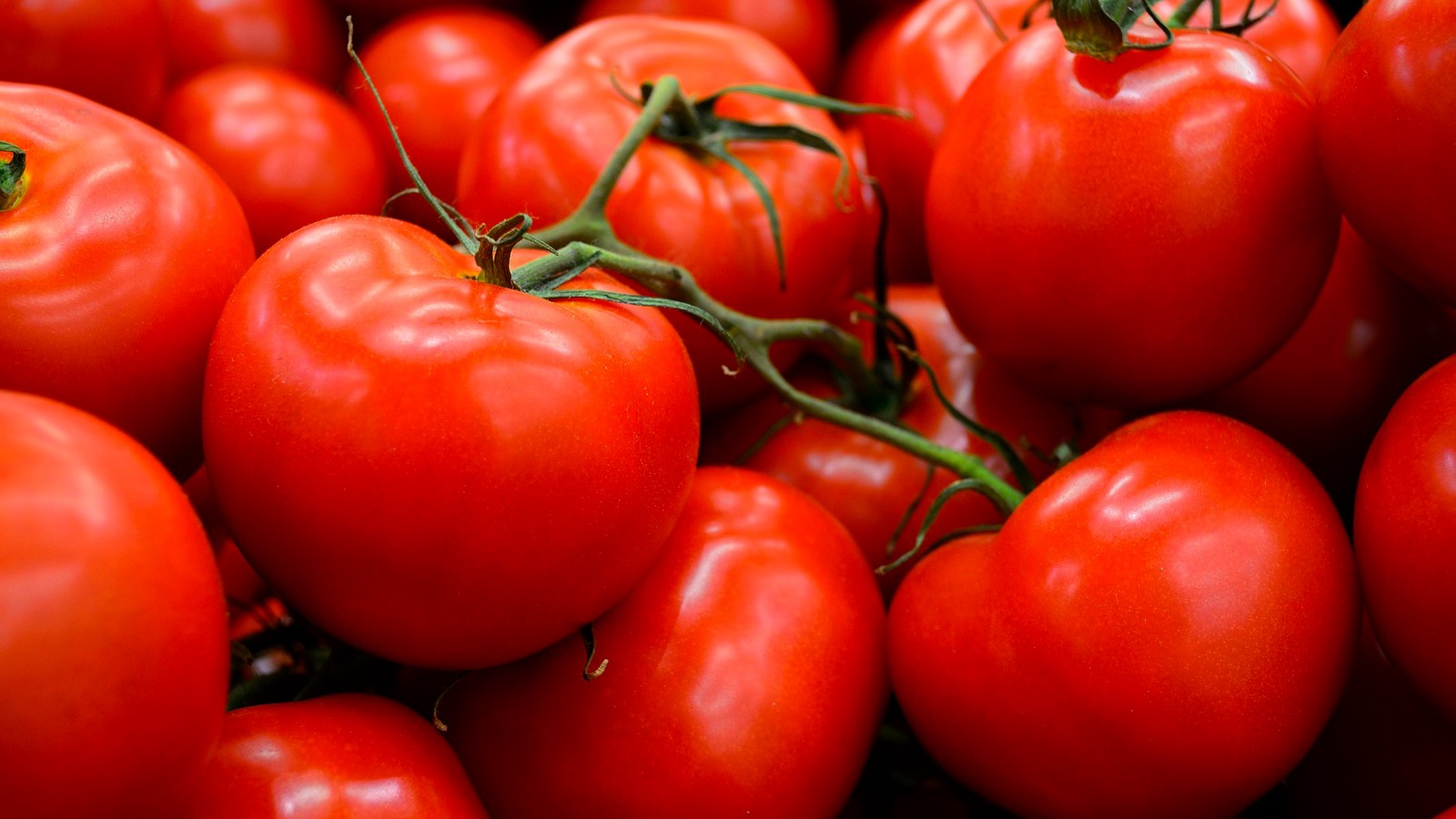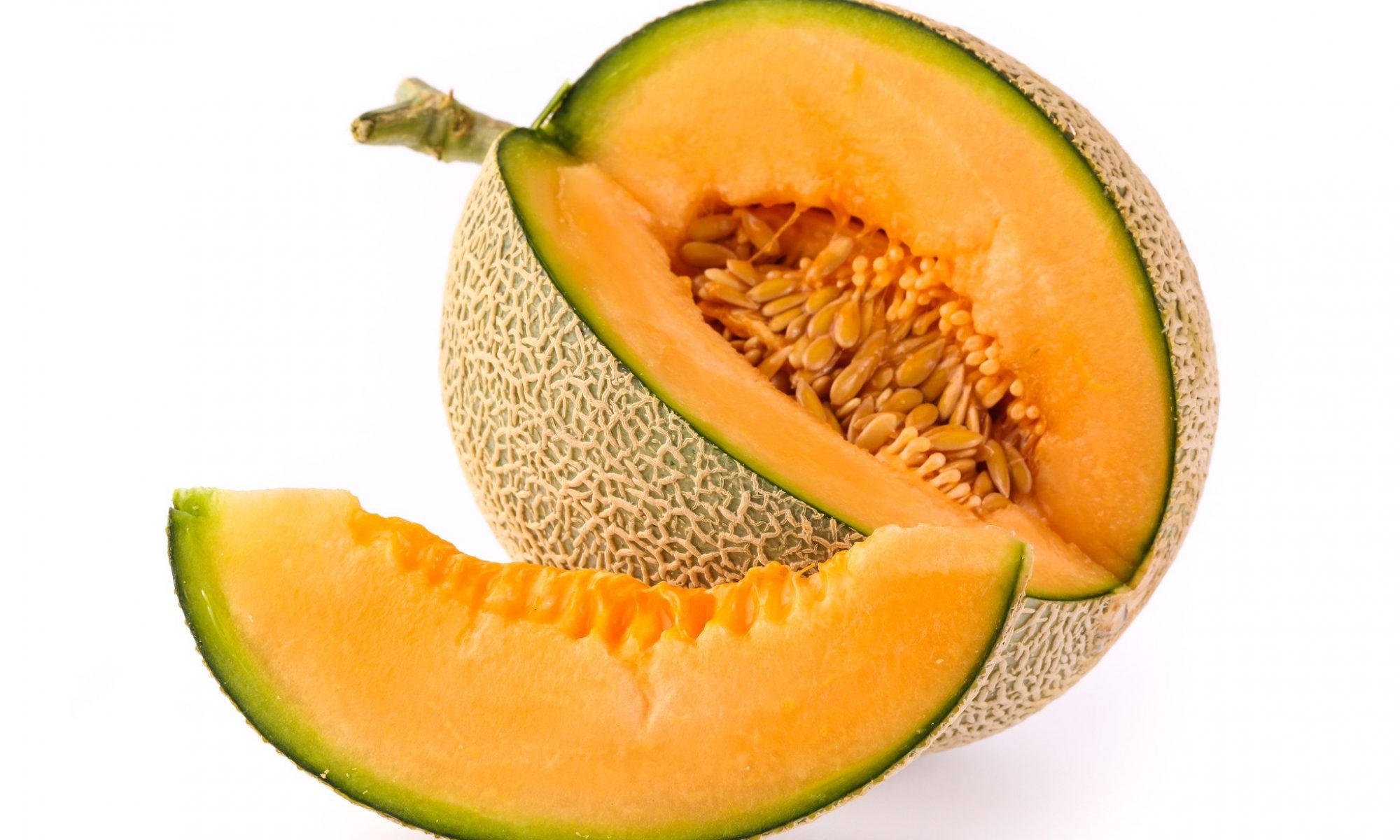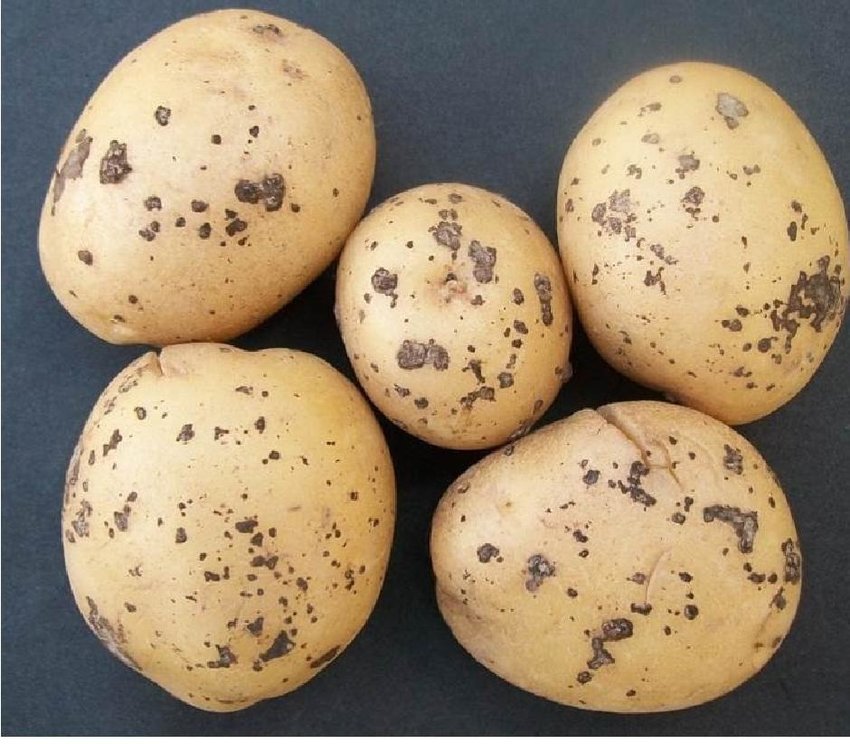- Stripe rust is caused by the fungus.
- It is easily distinguished from other wheat rusts by the orange-yellow spores.
- Which produce small, closely packed pustules developing into stripes along the length of the leaf veins.
- The spores occur on the upper surface of the leaves, the leaf sheaths, awns and inside of the glumes.
- Pustules erupt within 10-14 days after infection.
- Free moisture on the leaves and an optimal temperature (10-15°C) are required for infection.
- The disease can cause up to 25% yield loss.
Managment-
- Destroy volunteer wheat plants.
- Crop rotation is very important in the case of yellow spot.
- Growing resistant varieties is an economical and environmentally friendly way of disease reduction.
- During the growing season active crop monitoring is very important for an early detection of diseases.
- Avoid repeated use of fungicides with the same active ingredient.
- Spray Kasugamycin 5% + Copper Oxychloride 45% WP 320 gm/acre or Propiconazole 25% EC 240 ml/Acre
Like and share with other farmers by clicking on button below
Share
